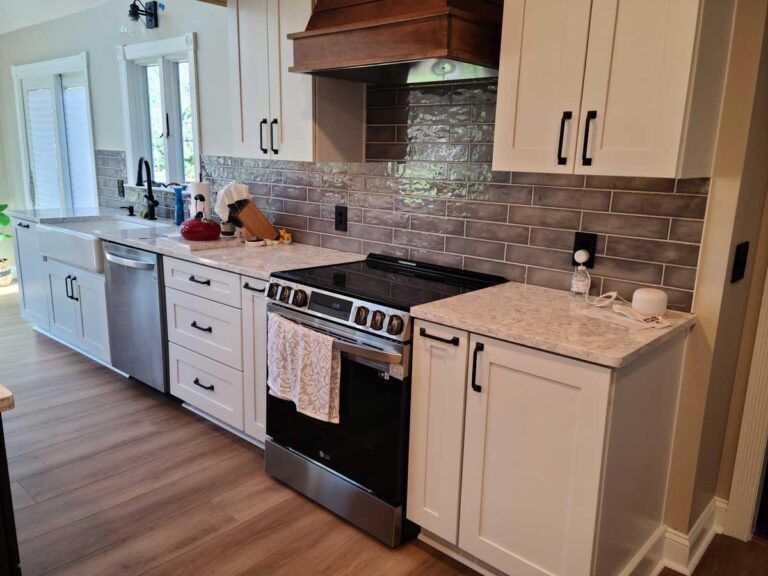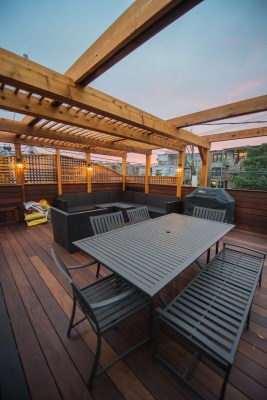Choosing The Right Contractor (Part 2)
We have our own simple, yet delicate, solution to the problem outlined in last week’s blog entry. I confess: our initial proposal fees tend to be somewhat higher than other bidders. When evaluating a project, we try to anticipate the unanticipated. We expect to spend a substantial amount of time on final details, despite what issues arise in earlier stages.
Rather than bid the project lower and charging clients extra as we progress (or, as explained previously, simply skipping steps in finish work), we give ourselves that 10–20% cushion from the gate. As a result, we have an extremely strong record of staying within budget. Also, we have that flexibility to deliver exactly what clients want and spend that critical time on details without always thinking of our own checkbooks.
Believe me, after spending a month or longer in your kitchen, we want that room to look flawless. Caulk the trim on the recessed lights and outlet covers. Make sure the cabinet doors are plumb and level. Install the dimmers on pendant lights. Running around frantically with a paintbrush is not how we envisioned it from the beginning. And, I’m sure, neither did you.
But what should homeowners do? How do they know why one company charges $10 a square foot to install tile when another charges $14 or $18?
The answer is: take the time and ask. It’s not as simple as getting three estimates and taking the middle one. Unless you can read and thoroughly understand a proposal and anticipate all the variables, ask each contractor to talk you through it in detail.
Make sure you’re comparing apples to apples. How does the heating mat under the tile in your bathroom work? Does every bid include the required dedicated circuit and thermostat for the mat, or are you going to have to pay for them later? Or will one contractor simply skip that step and attach the mat to an existing outlet?
Will he install cheap, lightweight hollow doors or the more attractive, durable and noise-reducing solid-core?
Does the contract specify simple, builder-grade trim and baseboard? If you’d like something a little more interesting or authentic to the character of the home, is there room for that in the bid or will you have to pay extra for labor and material later? Or simply sigh and accept whatever the contractor buys at Home Depot?
Perhaps one bidder will make sure your shower walls are level before tiling, rather than simply building on the existing studs or furring strips. Maybe that’s not important to you. But maybe, in the end, it will be.
No one expects every homeowner to be a remodeling expert, especially in the early bidding phase of a project. It’s my responsibility to educate my clients, and they should ask the questions. Sure I may quietly sigh when the client asks why I’m using green versus blue lid spackle, but that’s simply part of a healthy working relationship.
There’s no science to estimating jobs. It’s an educated guessing game, and both builders and homeowners can easily get into trouble by stacking the odds against themselves.
Remember, it’s your home. There’s no reason to live in a cloud of dust for a while only to see cracks when it settles.





these are very important tips for homeowners trying to decide on a bid. this works on a higher scale too.
i remember when i was an editor on engineering news record being surprised that they often chose the highest bidder. i always called the president and asked why. it usually was because they were going to do more.
sometimes all the bids for the bridge, or whaterver were like 100 million and somebody won the bid at 70 million. in that case it was because they had a more efficient way to do it.
very interesting. pricing requires more than a little thought and study.
scott